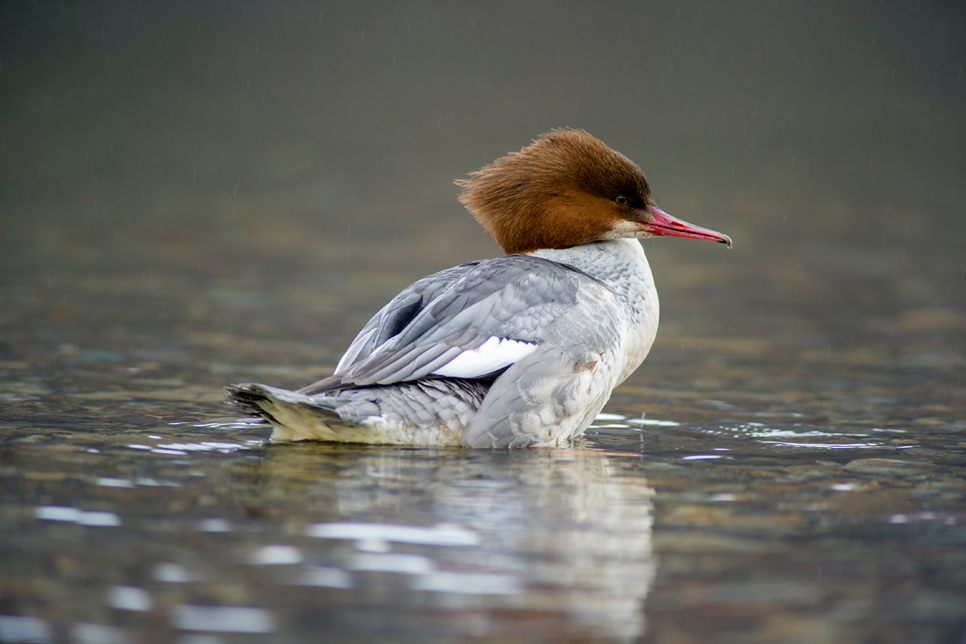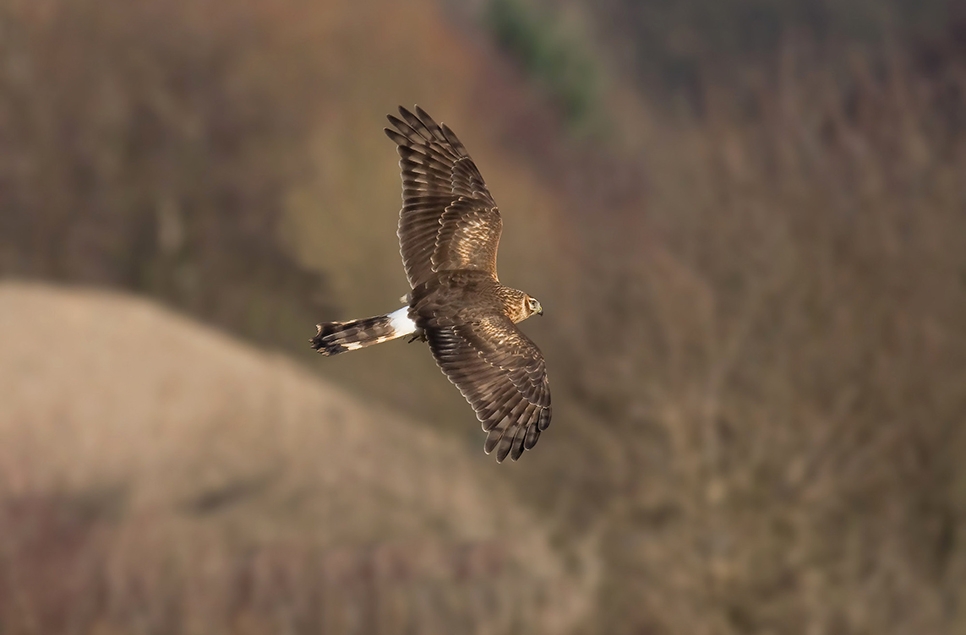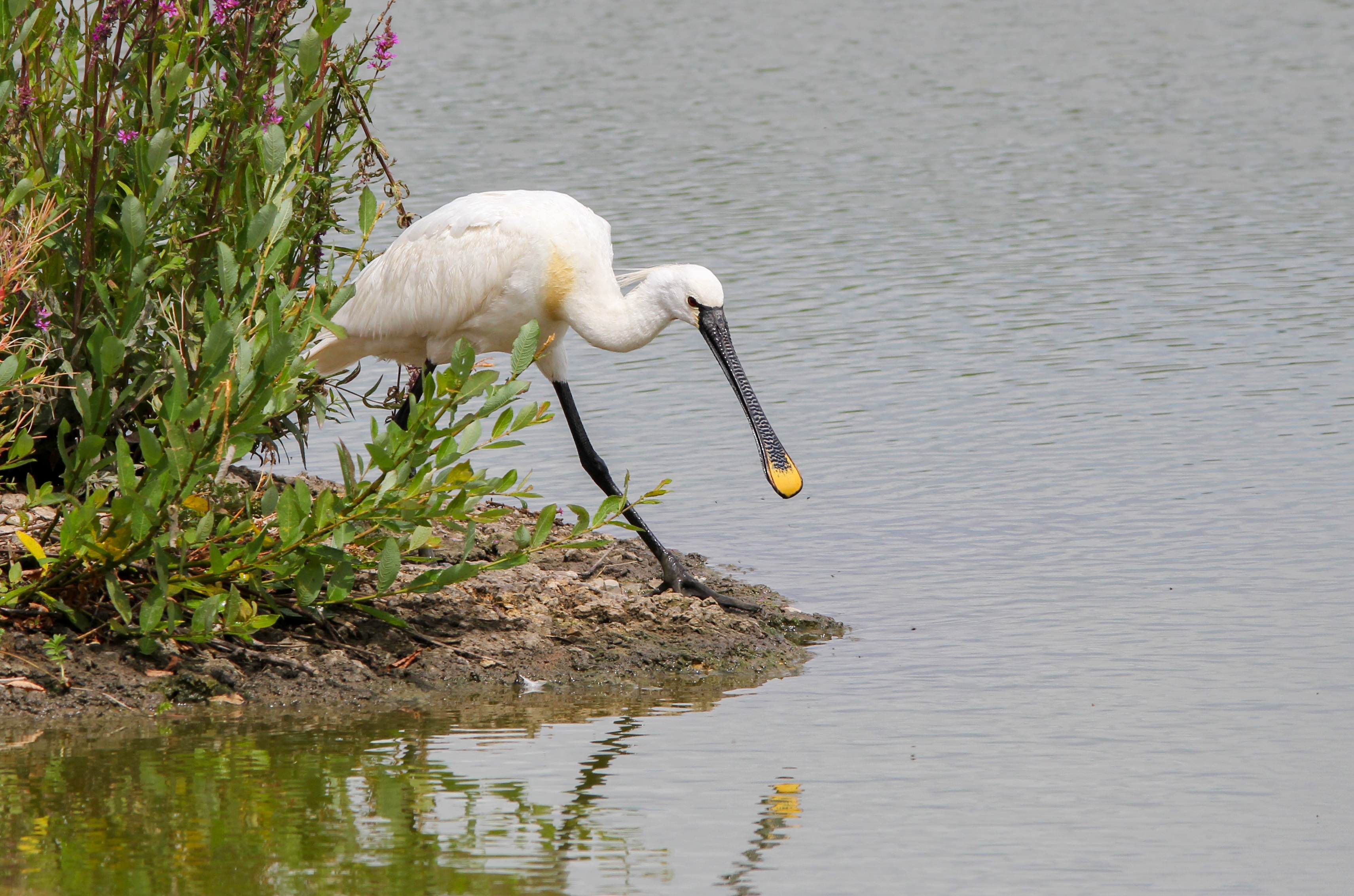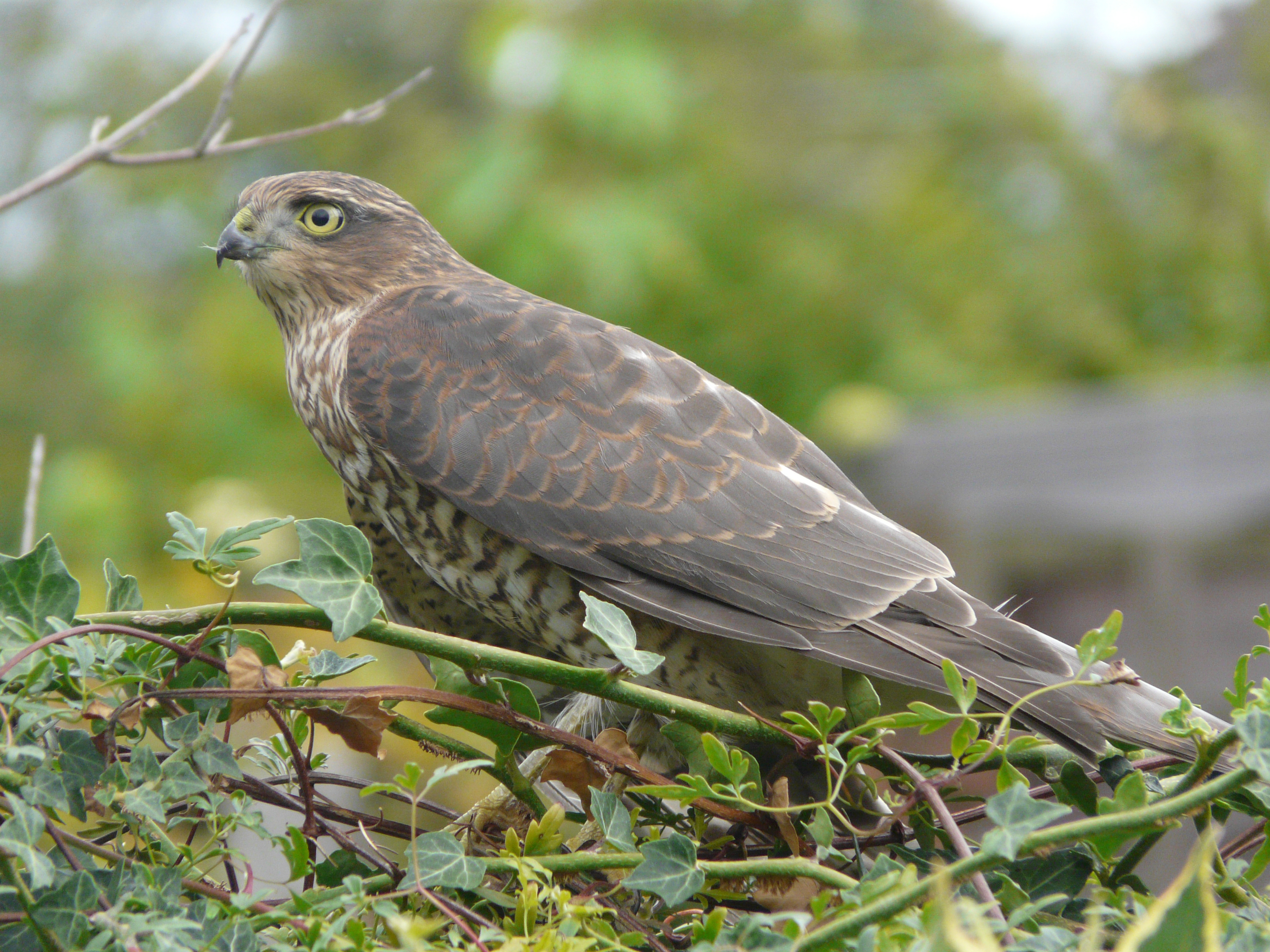Latest Sightings
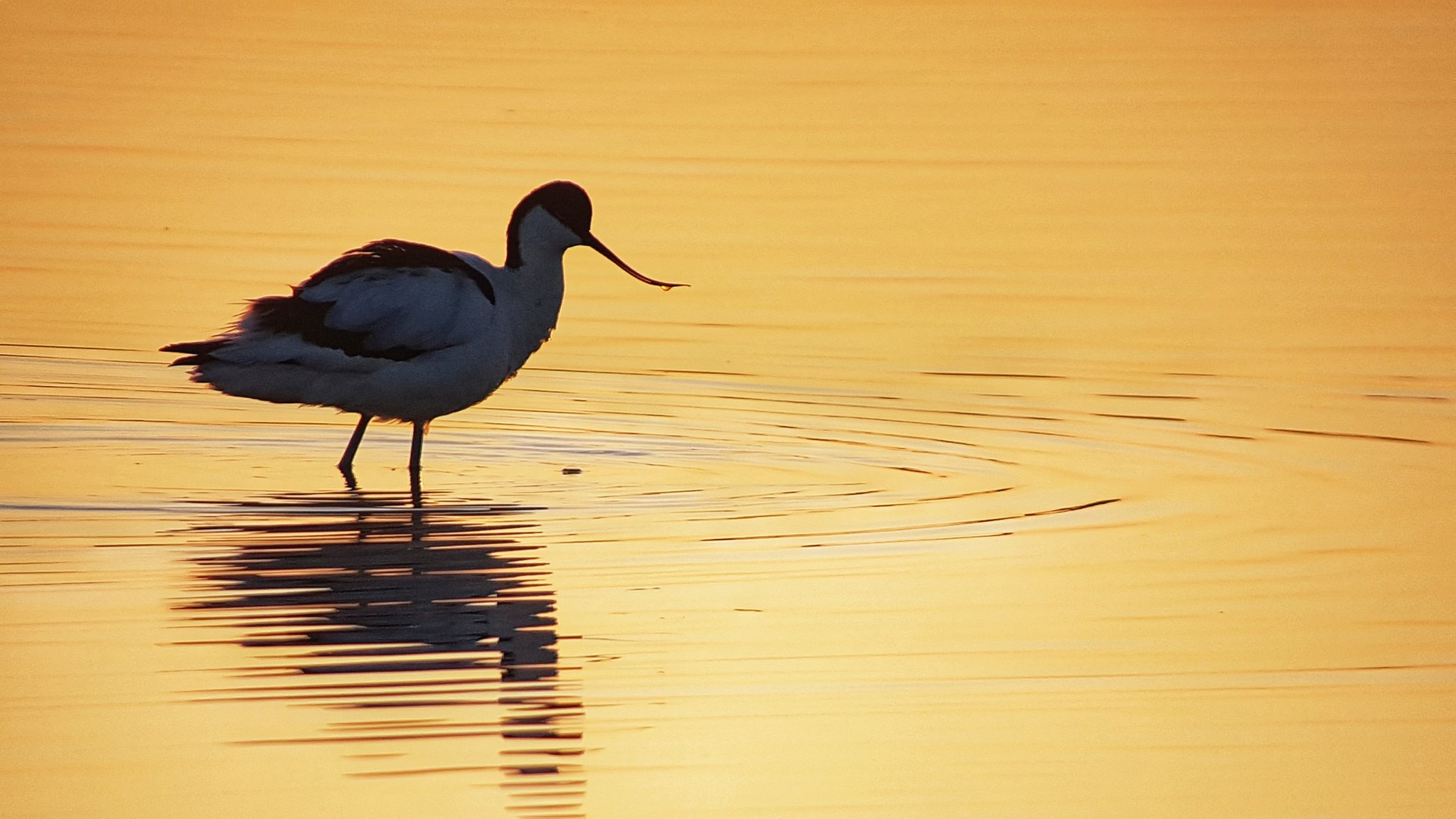
With the warm weather continuing over the weekend, there has been a wide range of wetland species on display across our reserve, taking advantage of the weather.
On Monday, our reserve team carried out WeBS – Wetland Bird Survey – which is a monthly survey of wetland species such as waterfowl present at Martin Mere. Eight Cattle Egret were sighted, including a juvenile – an exciting local record. These were visible on the back of the Mere from Discovery Hide. Also on display from this hide were 25 Lapwing, 1 Green and 2 Common Sandpipers, 131 Black-headed Gull, 7 Ruff (some of which were in fantastic breeding plumage), 2 Oystercatcher, three Common Tern, 46 Black-tailed Godwit and 11 Shelduck.
Elsewhere on the reserve, we recorded 4 Whooper Swan and 3 Pink-footed Geese. These are typically winter specialties, but we have a small group spending the summer on site – these are sometimes visible from the Ron Barker hide. Other records include 132 Greylag Geese, 90 Canada Geese, 26 Shoveler, 28 Teal, 5 Pochard, 16 Tufted Duck, 809 Mallard, 1 Mute Swan, 80 Shelduck, 141 Moorhen, 67 Coot, 33 Lapwing, 29 Black-tailed Godwit, 3 Oystercatcher, 4 Avocet, 1 Redshank, 5 Green Sandpiper, 13 Little Grebe, 4 Great Crested Grebe, 1 Cormorant, 13 Grey Heron, 1 Little Egret and 1 Lesser Black-backed Gull. Another exciting record from our team carrying out WeBS was a female Garganey, a migratory duck which spends the winter in Africa.
A Barn Owl has been sighted regularly from the Ron Barker hide, as well as several Marsh Harriers – including a few young birds, which are fresh out of the nest. Kestrels and Buzzards have also been sighted on the reserve, as well as a pair of young Tawny Owls in the woodland on the path to Ron Barker and the Mere View hide.
It isn’t just birds on offer, either – over the past week, the Buddleia bush near Discovery Hide has been teeming with butterflies, including Comma, Red Admiral and Peacock. A Hummingbird Hawkmoth was also sighted feeding here. Elsewhere, Dragonflies such as Common Darter can be seen hawking over waterbodies in search of prey, and you may even spot a Damselfly such as the stunning Banded Demoiselle.
Photograph of an Avocet.
